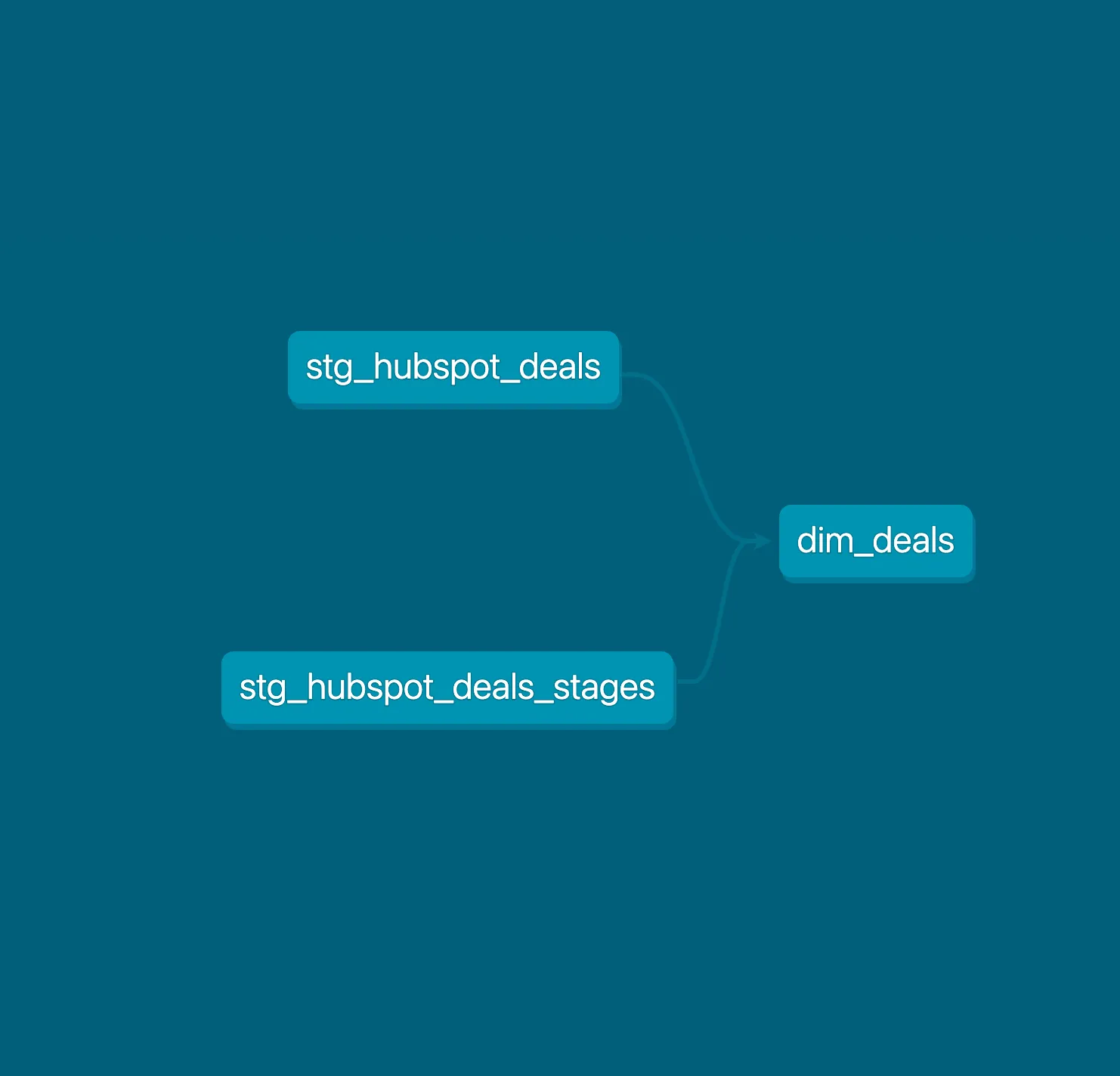dbt – Our Default Transformation Layer (for a Reason)
We work with startups and early-series companies that often come to us for CRM migrations – think moving to or optimizing Attio, HubSpot, Salesforce, Affinity, Pipedrive (you name it). But our relationship rarely stops at the CRM. We handle everything before and after the CRM too, from smoothing out your lead flow to crunching revenue analytics. At the heart of all that data plumbing is our not-so-secret weapon: dbt. We use dbt (data build tool) as our default transformation layer – it’s a core part of our stack. Why? Because it helps turn messy, siloed data into reliable, unified insights faster and more reliably than anything else we've tried.
Transforming Our Data Workflows
What makes dbt so special?
Glad you asked. dbt lets us apply software engineering best practices to your data pipeline. In plain English, that means we treat your analytics code with the same love and attention as application code. Some of dbt’s standout features that we lean on every day include:
- Modular SQL modeling: We build transformations as bite-sized, reusable SQL models that depend on each other. This makes complex data problems manageable (and far less scary) by breaking them into Lego-like pieces.
- Built-in testing: We actually test our data models (novel, right?). dbt’s testing framework catches issues early. Better data quality = fewer “oh sht” moments.
- Version control (Git-friendly): All our dbt projects live in Git repos, complete with code review and version history.
- Auto documentation & lineage: dbt auto-generates documentation for our models and creates a lineage graph of how data flows from source to final metrics.

Reliable, Scalable, and Maintainable Data Transformations
What This Means in Practice
In practice, dbt helps us ensure that your data is always accurate, consistent, and ready to make an impact. By using dbt, we create a reliable foundation for your data transformations, meaning your team can trust the numbers and move faster with better insights. It unifies data across teams – from CRM and marketing to product – so that everyone is speaking the same language with shared metrics. This eliminates confusion and avoids the chaos of dueling spreadsheets or conflicting reports. Instead of relying on tangled SQL scripts or airflow dags, we use dbt for its modern, scalable, and maintainable approach to building data pipelines. It ensures that your data transformations are done right, every time. In practice, this leads to clean, consistent data and significantly reduces the hassle for everyone involved.
Ready to Get in Touch?
Ready to level up your data capabilities? Reach out today to see how we can help you build smarter, more scalable data tooling for your business.
